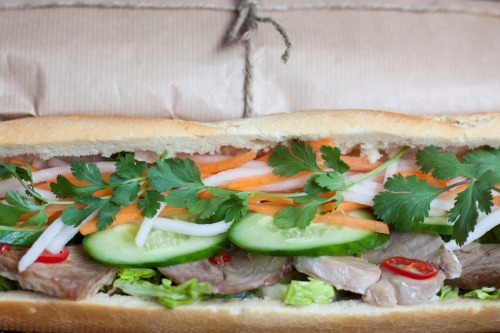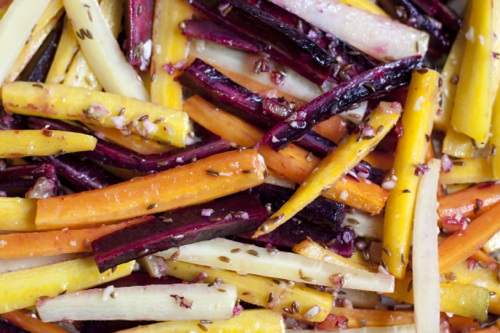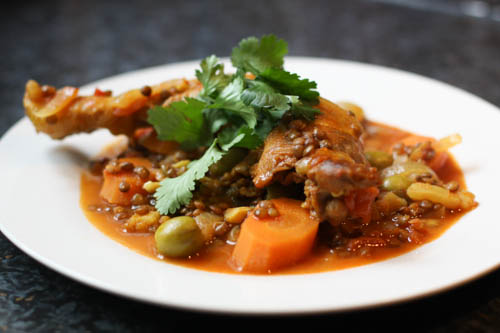Banh mi, Sydney style
 Monday, May 9, 2016 at 8:51PM
Monday, May 9, 2016 at 8:51PM 
I was so excited when I first saw bahn mi in London. They were one of my favourite lunches when I was a growing up in Sydney. There was a Vietnamese bakery next to my school where most kids used to load up on doughnuts and cream cakes. I preferred to spend my pocket money on 'Vietnamese pork rolls'.
For $2.50 you could get a Vietnamese baguette slathered with pate and mayo, crammed full of cold pork cuts, salad and pickles and finished with soy sauce, a few sprigs of coriander and a sprinkling of chilli.
I have found few places in London that make them like this, perhaps because the French and Asian flavours sound like such a bizarre combination. Actually, I think that’s what makes it unique and interesting. It speaks to Vietnam’s colonial heritage and is a great example of fusion cuisine that really works.


